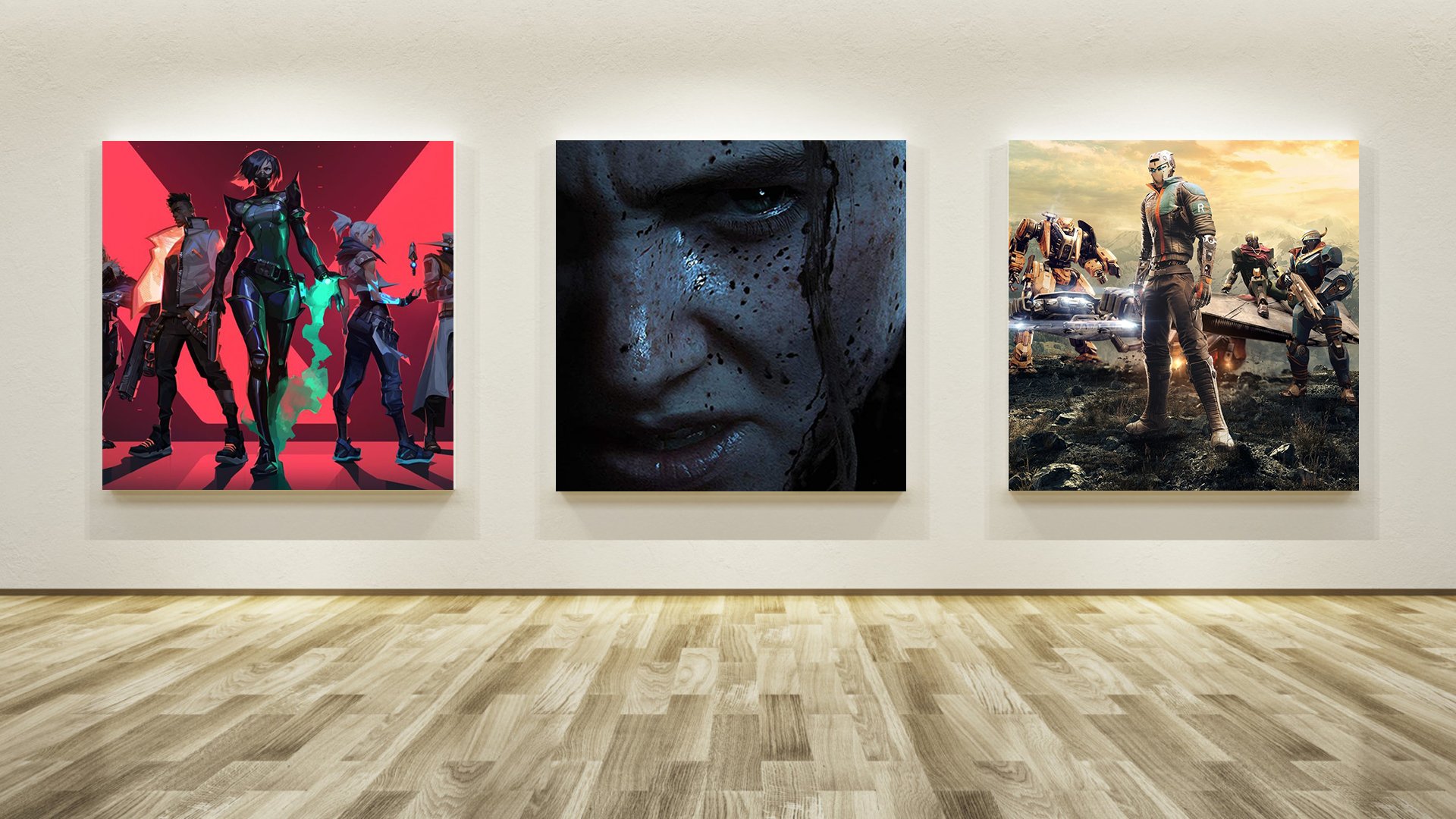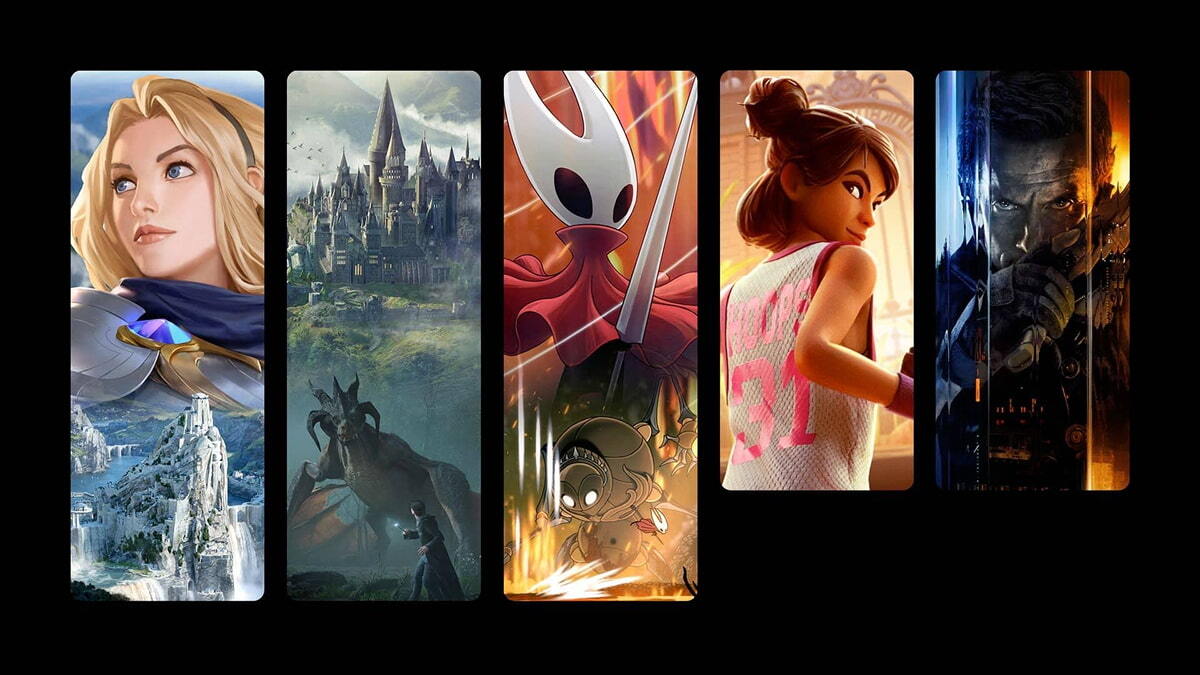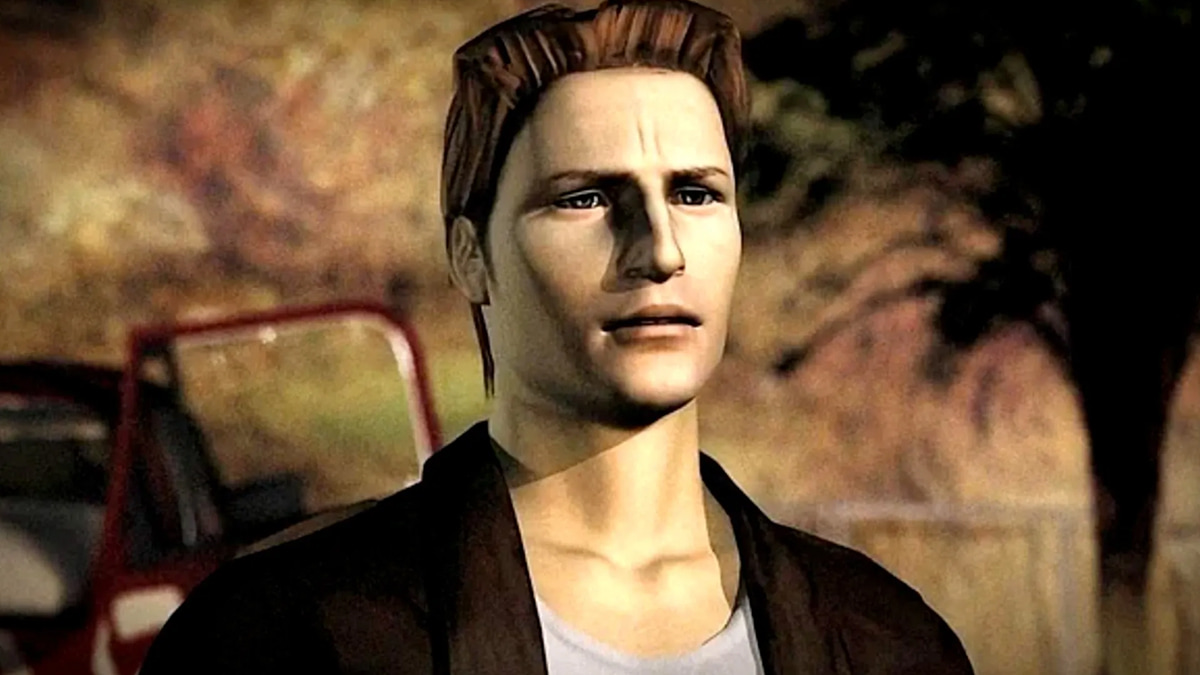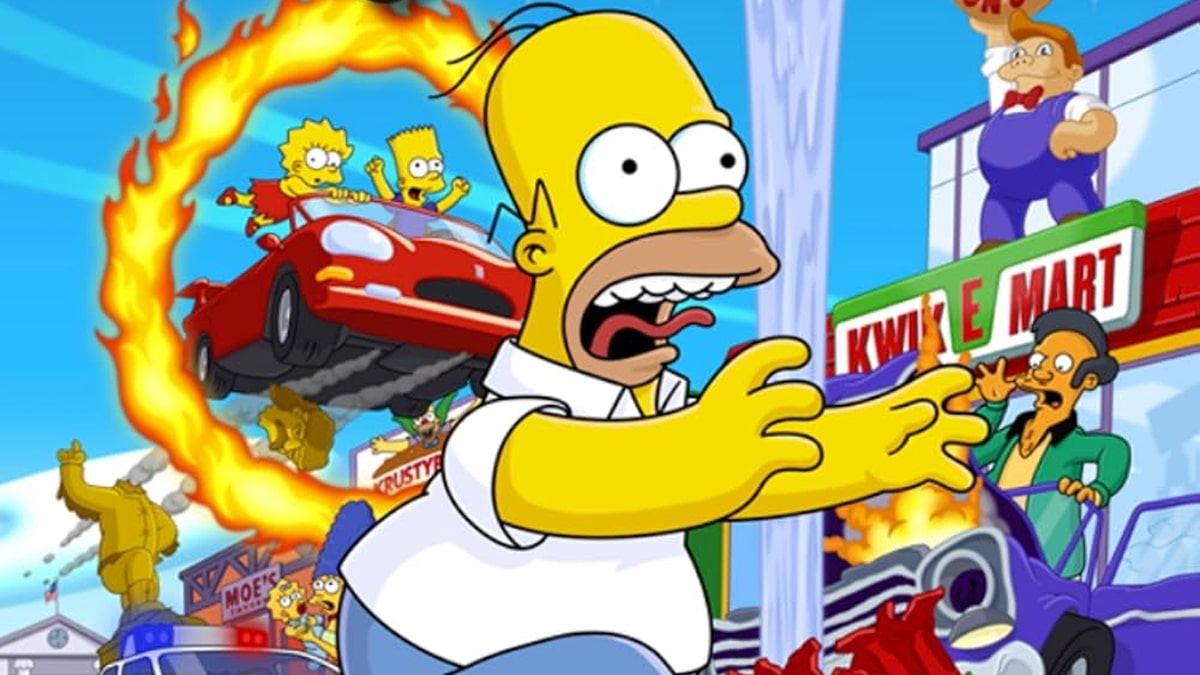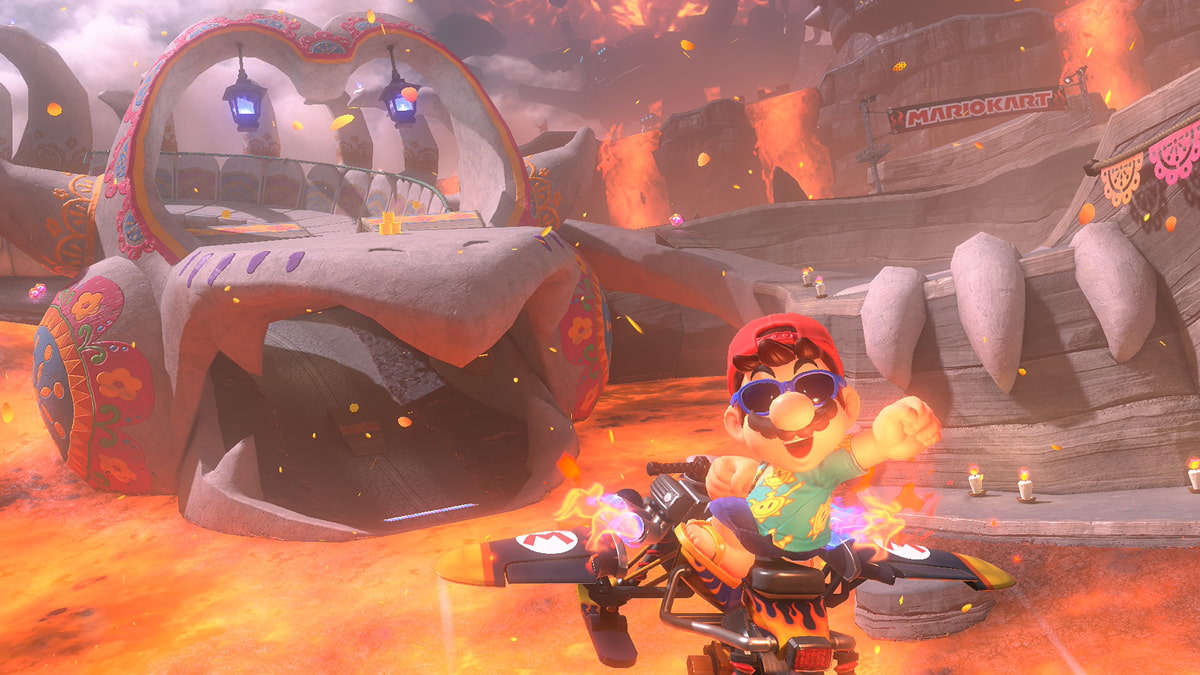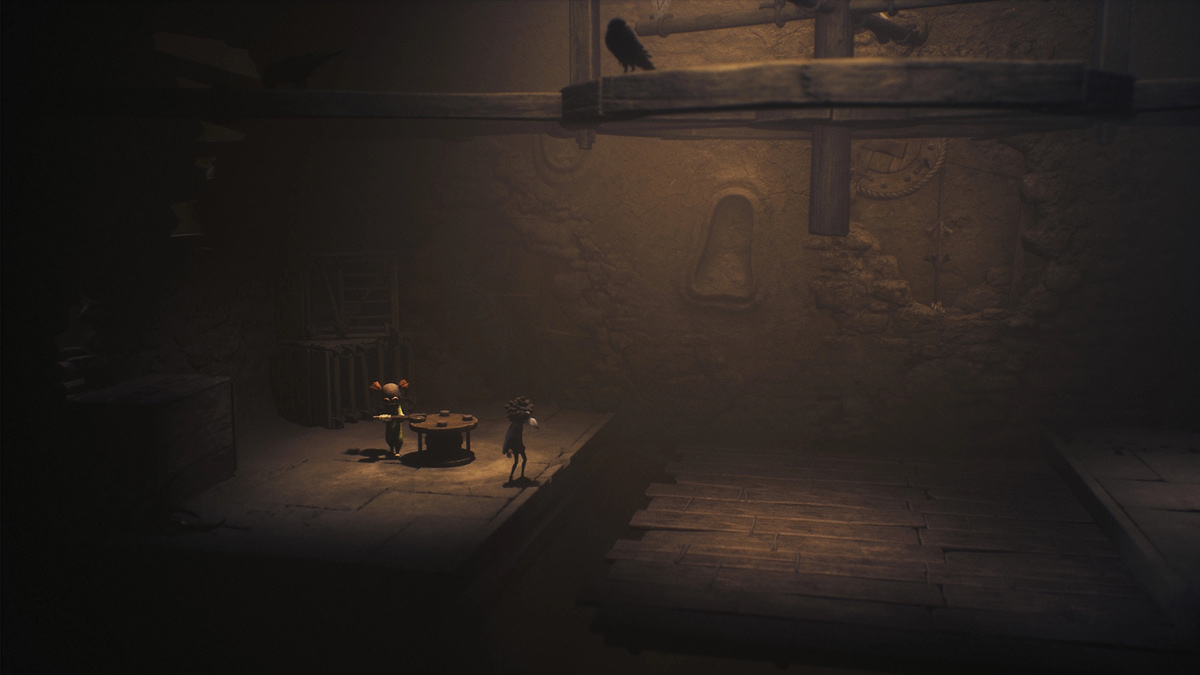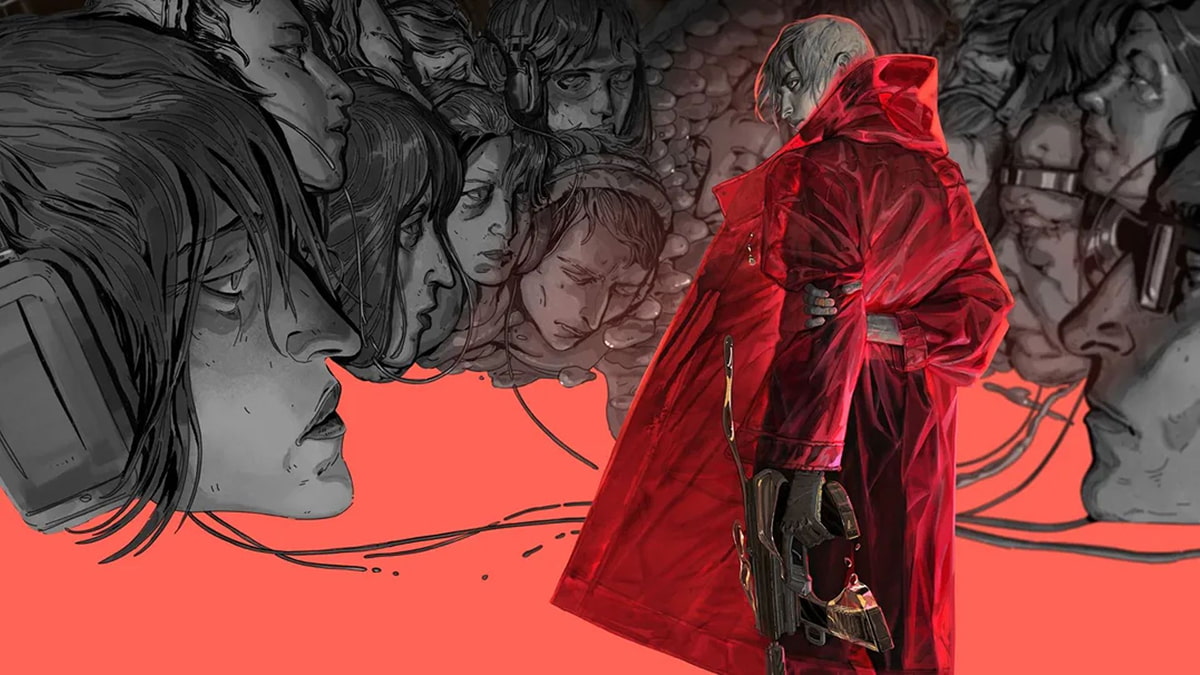You can trust VideoGamer. Our team of gaming experts spend hours testing and reviewing the latest games, to ensure you're reading the most comprehensive guide possible. Rest assured, all imagery and advice is unique and original. Check out how we test and review games here
Each month, we invite élite art critic Braithwaite Merriweather to appraise the box art of the latest game releases. In between his time spent wandering the corridors of culture, Merriweather writes on a freelance basis for various publications, including Snitters and Nuneaton à la Carte. If you are unaware of his prowess, rest assured; he’s on a crusade to educate the unwashed. Put simply, he’s a man that needs no introduction.
When the government announced that the social distancing measures, under which we are all sensibly smothered, were going to be relaxed, I felt a pang of fear. Indeed, the opposite of relaxed. I sensed a second spike—brought on, the moment lockdown was eased, by the sun-lusting masses. However, today I am filled with pride for my neighbours and fellow-travellers. In an attempt to bring a small measure of artistic inspiration—and, I will admit, to bring myself some consolation—I submitted my own expertise in service of my neighbours. In something of a piece with my experiments back in April, I had set up a small stall, to which people could place their own art works—which, in a series of surreptitiously posted pamphlets, I encouraged them to create, the better to ease the frustrations of isolation.
I, of course, took the necessary social distancing measures: setting up my stall with a generous buffer—demarcated with cardboard barriers—between critic and artist (always a good practice figuratively speaking, and so it followed here, in a quite literal arena). I am pleased to report, however, that my neighbours were so present-minded and cautious, so heeding of preventative measures, and so caring in their regard for others, that they didn’t come within about ten metres of my stand—five times the recommended distance! My slight disappointment at not getting to flex my muscles and stretch my critical legs is more than made up for by my freshly affirmed faith in the good sense of my fellow-Londoners. The other reason that I am heartened and consoled, more than merely underwhelmed, is that I now have a bundle of box art samples, sent by this venerable website, with which to scratch my critical claws and get back in touch, once again, with the art!
The Last of Us Part II
Gazing upon this work, I feel as if I have become inebriated by a cocktail of clashing emotions. My first thought, taking in the sight of this young woman, who has been overlaid with a filter of melancholic blue, is of Picasso. In particular, of his Blue Period, and with ever greater particularity: of “Celestina” (1903), “The Two Sisters” (1902), and “The Blind Man’s Meal” (1903). How gratifying to see a game artist adrift on a sombre tide of reverence for one of the greats! My second thought was that I recognised the face of this woman. She seems to be the very embodiment of a bitter snarl—she is angry at someone, seething at them with every fibre of her being. Longtime readers of this column will doubtless be aware of precisely who this angry woman reminds me off, and, as I gaze at this work, entitled “The Last of US Part II,” I can’t help but think it the perfect name for the legal proceedings surrounding my divorce.
Valorant and Disintegration
Friends. I usually endeavour, when diving into the richly slurried gutters of the box art scene (at times the darkest, dingiest back alleys, indeed, of all art) to prise up the little that glimmers. Faced with the opposition of “Valorant” and “Disintegration,” the two box art covers that currently stare me down, one can come away with little by way of consolation. I can find nothing to dredge up from the depths, nothing to scrub off and present to your tired eyes, nothing with which we can console ourselves. There are, however, a few points that we may come to observe of the wasteland before us—a few intriguing dimensions to the all-consuming void of “Valorant” and “Disintegration.”
For one thing, much like my ex-wife and her solicitor, these two parasites seem to feed off each other as much as everyone, and everything, else. “Disintegration,” with its V-formation goons and it’s sandy desolation, seems to feed off of “Valorant,” with its similarly splayed subjects and bruised red background. It’s almost as though they are commenting on one another: “Valorant” stylising (without a speck of style, I might ass) the bland desert wreckage of its rival, while “Disintegration,” dull and dusty, sets about scratching away any signs of colour, stylisation, or even mild interest from its doomy dance partner. I will say the same thing about these two works as I said, years ago, to my ex-wife and her new solicitor-lover. My marriage concluded, striding down the steps of Highbury Corner Magistrates’ Court, after having finished part II of the trial that was the last of us, I said, with a sense of relief: “they deserve each other.”
